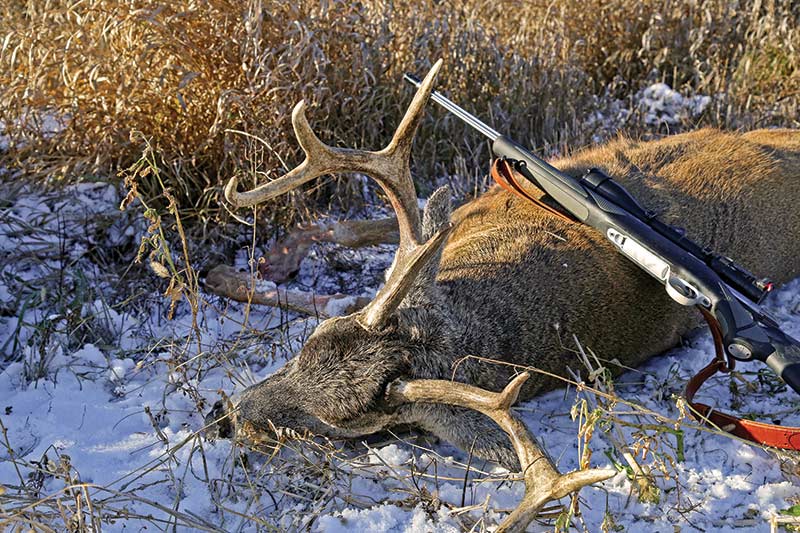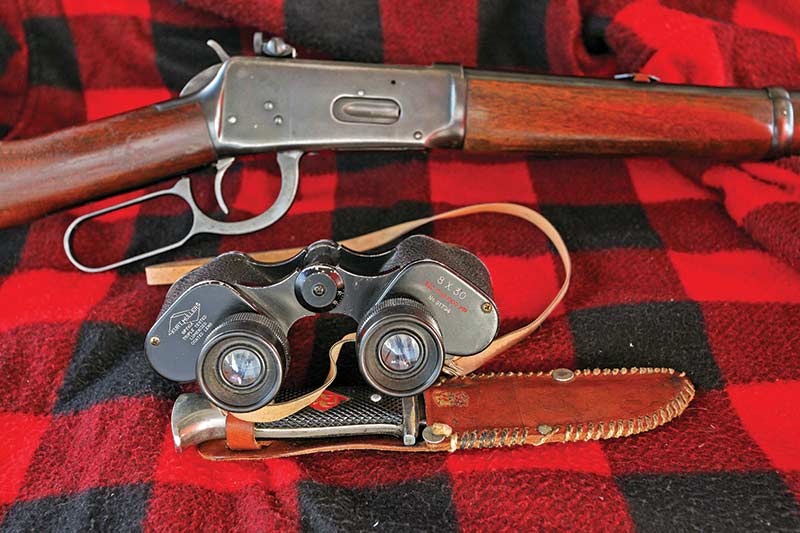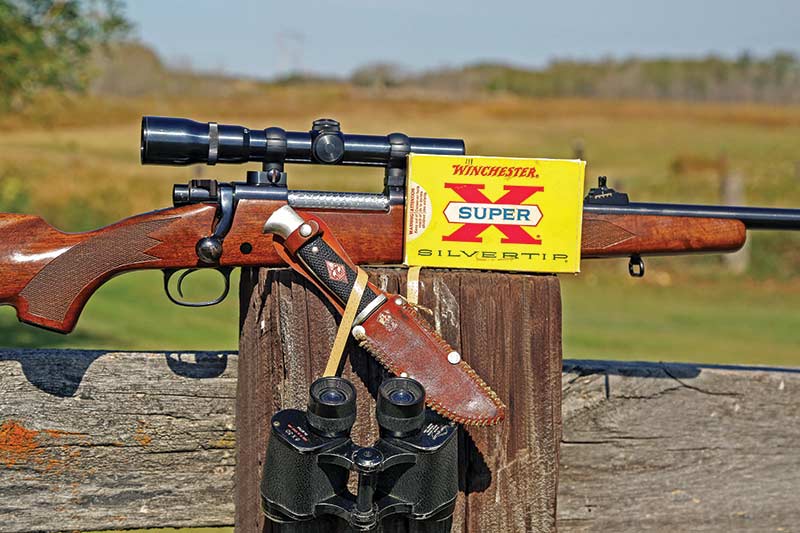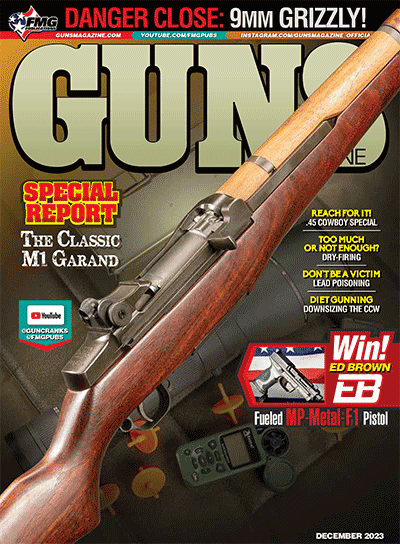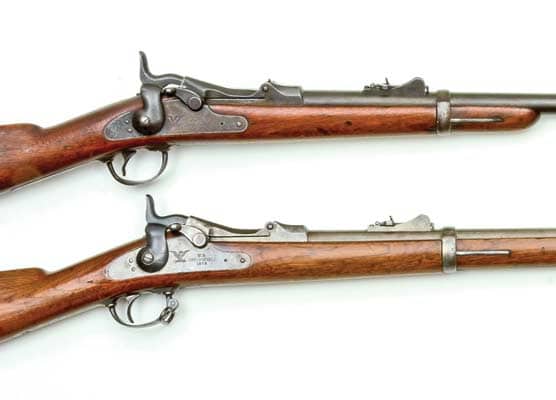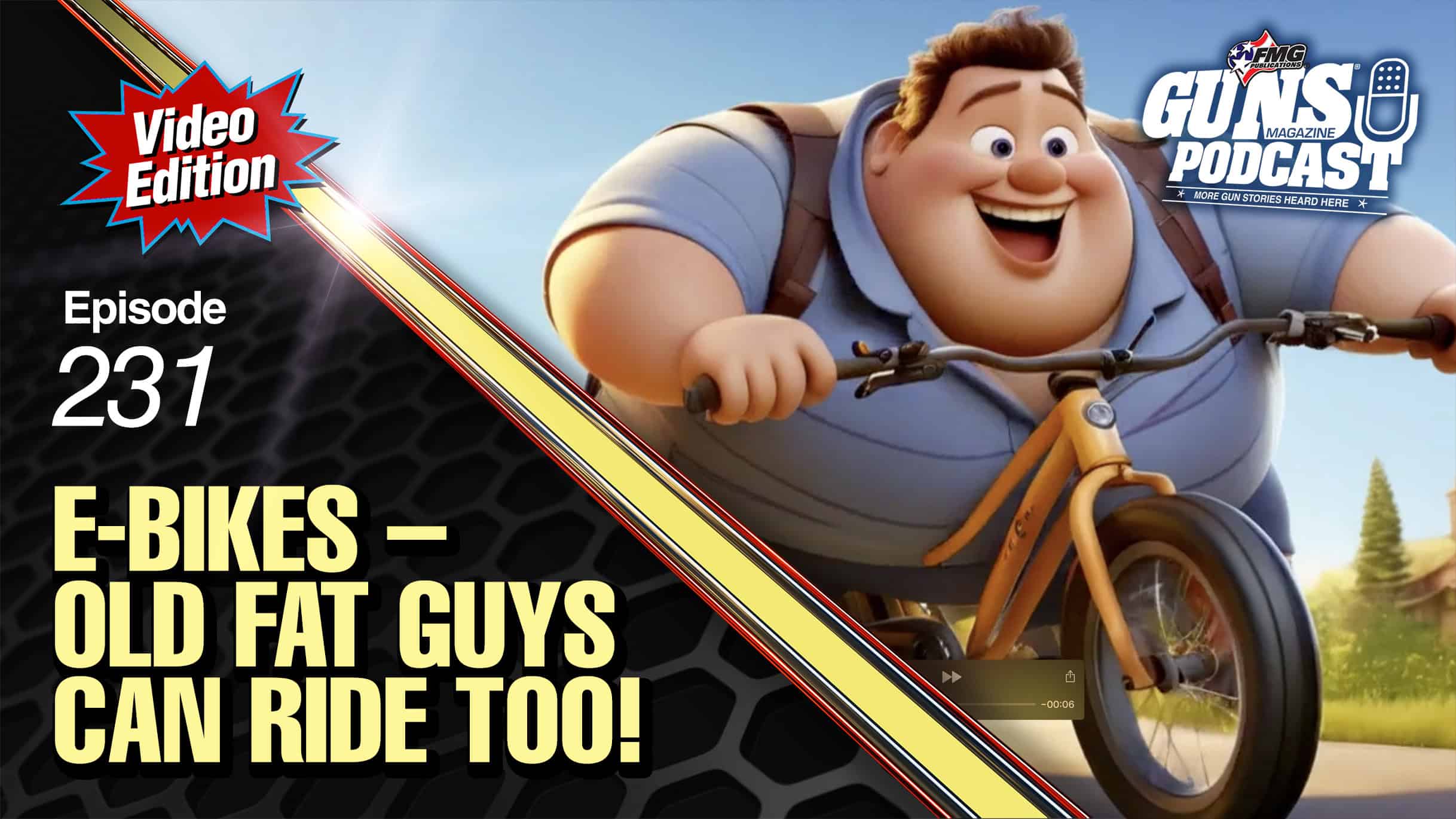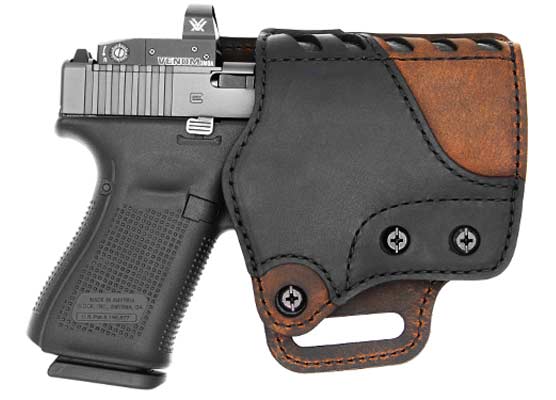One First Deer
Fate or Fortune?
It was a crisp November afternoon in the early 1960s. A yearling boy and a yearling whitetail buck were walking in new fallen snow, on farmland owned by the boy’s father. The deer was looking for food and females; the boy was looking for deer. It was familiar country to both of them. This day, though, would be different. This day their paths would intersect.
Beginnings
Although he was only 14, this was the boy’s third deer hunting season. At the time, the legal age for buying a deer license was 12. The boy had hunted deer since he was old enough to buy a license, at first using a borrowed Winchester.30-30. The first year he had seen deer but hadn’t gotten a shot. The second season he got a shot at a nice buck and missed high. Maybe he would get one next year. Maybe he would never get one. To a boy barely into his teens, a year is a long time.
Earlier in the year, the boy’s dad had sold the 4-H steer the boy had helped raise. The boy’s share of the sale price was $80, which for the time was a fair bit of money for a kid. He used $17.88 of his funds to purchase his own deer rifle, a cut-down Lee Enfield .303 British. If the parents disapproved, they kept it to themselves. The boy spent weekends and holidays doing farm work, including long days on a tractor. In those days, if you did a man’s work you earned a man’s privileges.
If there was one rule they lived by at that time, it was “make do.” The idea of special hunting clothes never crossed the boy’s mind. His winter parka had a red lining so by wearing it inside out he had himself a hunting coat. Boots, pants, mitts, cap were just regular work clothes. But never think making do was a disadvantage. The boy had a rifle, a hunting license, a place to hunt and he envied no one on earth.
He was very much a novice tracker. In fact, he was not 100% sure he was following in the right direction. The trail led to one of the many scattered bushes on the farmland. He decided to circle the bush and picked up the trail on the other side. It led toward another bush a couple of hundred yards farther.
Just as he reached the next bush, the yearling buck decided to retrace its route. It broke out of the trees a hundred or so yards away and went trotting back the way it had come. The boy swung his rifle and fired and as before, his shot went high. He didn’t realize until much later he was making a mistake common with users of open iron sights.
Unconsciously he was raising the front sight a bit too high in order to make it more visible. He worked the bolt and fired again, another shot too high — except this time, the buck turned its head as it ran to see what the danger was. Purely by chance it swung its neck directly in the path of the bullet and was killed instantly.
Reflections
In the 60 years since, the boy has sometimes wondered if his life would have been different had the buck not looked back at that precise instant. As it was, he got older, became a husband, father and fairly decent and productive citizen. Between regular seasons, crop damage permits and a couple years of unlimited tags to curb the spread of chronic wasting disease, he long since lost track of the number of deer he’s shot. He can recall using at least 35 cartridges, some for only a deer or two, some for 50 or more.
He’s used cartridges from .223 Rem. to .300 Win. Mag and doesn’t believe cartridge choice matters much. If a youngster really can’t decide, being an old fud, he suggests a 6.5×55 or 7×57 Mauser, or the more current equivalents, .260 Rem, 6.5 Creedmoor or 7mm-08 Rem. Although he doesn’t care about cartridges, he does care a great deal about rifle fit, sights and bullets. Fit is a personal thing but personally, he likes a rifle with all-up weight no more than 7 ½ lbs., about 40″ overall, 13 ¼” length of pull, balance point about 5″ ahead of the trigger.
Receiver (peep) sights are decisively superior to barrel-mounted open sights under almost all circumstances and scope sights decisively superior to iron sights. He hasn’t found deer particularly hard to kill but has had the best results with fast-expanding bullets medium-heavy weight for caliber. Tough controlled-expansion bullets will do the job but on deer are no better than lower priced, cup and core bullets such as the Hornady Interlock and Nosler Ballistic Tip bullets.
I still live on the farm where I grew up. Sometimes in the fall, driving to town for the mail and groceries, from the corner of my eye I’d swear I see the boy with his old rifle and inside-out parka plodding through the snow. The boy isn’t there of course, he’s 60 years older and driving the truck. But he remembers.
